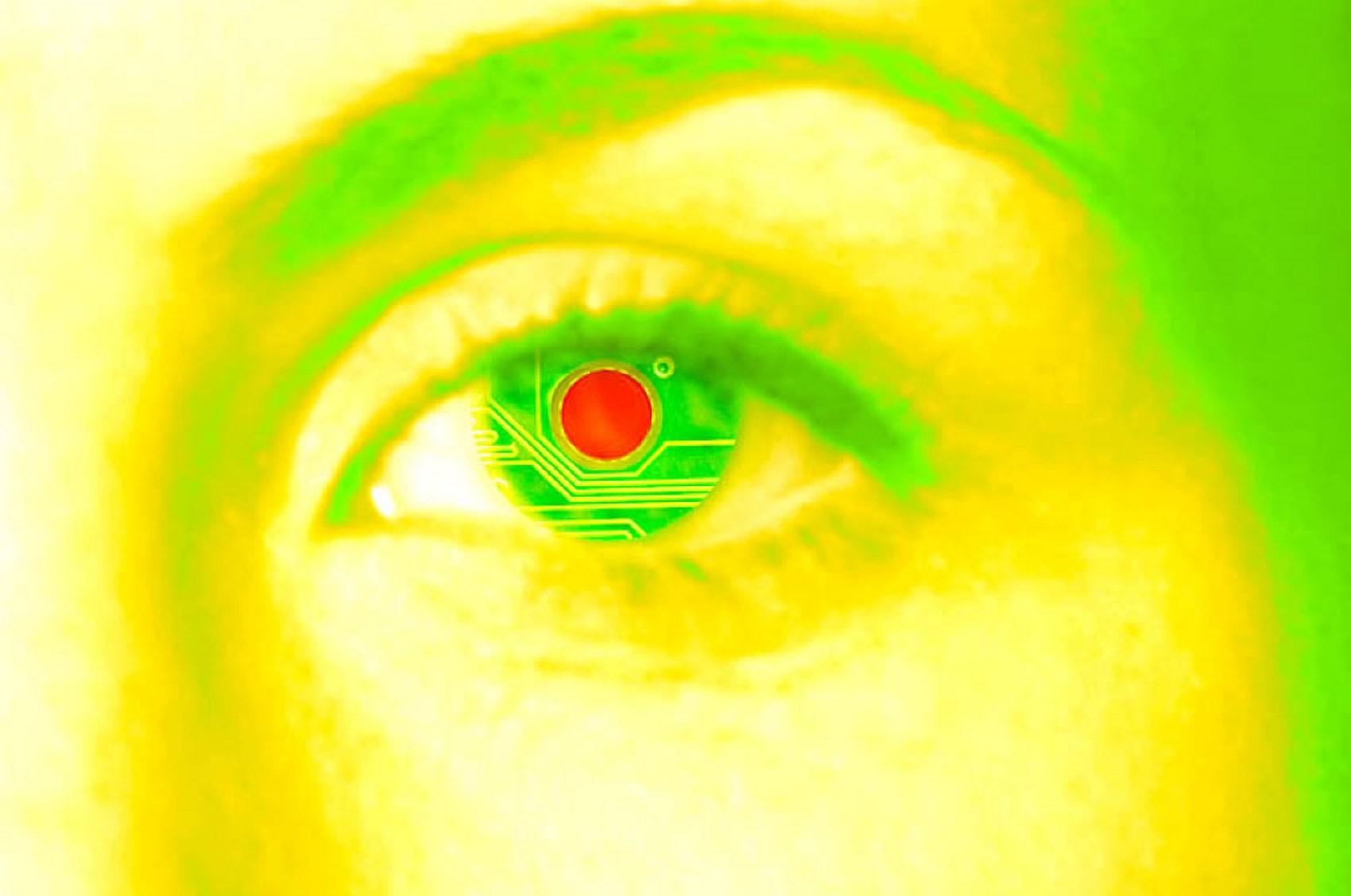
Search
You have no items in your basket

Ultraviolet light therapy, also known as ultraviolet (UV) phototherapy, is the use of ultraviolet light to treat certain skin conditions. When used to treat psoriasis, either UVA or UVB light can be used.
What are ultraviolet (UV) rays?
Sunlight contains a wide range of wavelengths; more than just visible light. Long wavelengths, invisible to our eyes, are called infrared and we feel these as heat from the sun. Shorter wavelengths, also invisible, are called ultraviolet (UV). They can cause suntan and sunburn, and also carry a risk of skin cancer after high and long-term exposure.
Ultraviolet B (UVB) is the short wavelength range of UV light that only penetrates the superficial layers of the skin. It is the main cause of sunburn. We are all at risk of sunburn, but those with very fair (type I) skin are most at risk.
Ultraviolet A (UVA) is the longer UV wavelength and forms the greater part of the sun’s UV content. It causes tanning more than sunburn. It penetrates the skin deeper than UVB and can also penetrate window glass, including car windows.
What is ultraviolet phototherapy?
Ultraviolet light therapy, also known as ultraviolet (UV) phototherapy, is the use of ultraviolet light to treat certain skin conditions. When used to treat psoriasis, either UVA or UVB light can be used.
How is phototherapy used to treat psoriasis?
Phototherapy cannot cure psoriasis. In some cases, it will completely clear the skin, in others improve but not eliminate the plaques. Phototherapy is a second-line treatment, used in dermatology departments when first-line topical treatments (creams, lotions, ointments) have failed to deal with severe or widespread plaques or particularly troublesome flare-ups.
Both UVB and UVA can be used to treat psoriasis. UVB is used on its own, but UVA requires that the skin be sensitised by a plant-derived chemical called psoralen before it is effective. The treatment combining psoralen and UVA is termed PUVA.
Both forms of phototherapy are given as a course of treatment over many weeks, gradually increasing UV exposure times to allow the skin to acclimatise and avoid burning. Some phototherapy treatments result in improvements lasting more than a year. In other cases, the psoriasis may start to recur after a few months or even weeks. Further courses of treatment may be given. It is not possible to predict how individuals will respond or how long their response will last after the phototherapy course ends.
Psoriasis is the skin condition that responds best to phototherapy and in most phototherapy units 60-70% of people attending are being treated for psoriasis.
How does phototherapy work?
The exact cause of psoriasis is not fully understood and the effects of UV on the skin are complicated, so a precise explanation of how phototherapy works is not possible. PUVA and UVB phototherapy may also work in slightly different ways.
Taking a simplified model of psoriasis as an example, the process looks like this:
Who provides phototherapy?
Phototherapy is administered in hospital-based phototherapy units, either in a dermatology department or physiotherapy department under professional medical supervision.
How is phototherapy given?
To treat the whole body, a phototherapy unit is used. This consists of a stand-in cabinet with 6-foot (1.8m) fluorescent, UV-emitting tubes all around. These tubes give out the UV needed for phototherapy. Some people dislike the rather claustrophobic feeling of being inside the cabinet, but most get used to it and a simple push on the door is sufficient to open the cabinet and stop the treatment. Treatments last 5-15 minutes, although longer treatments can be split into several shorter exposure times. Fans in the cabinet offer ventilation and temperature control. Smaller UV units are also used, for treating small areas of the skin such as the hands or feet.
During treatment, you must wear goggles to protect the eyes. Most people also wear a clear UV-blocking visor to protect their face (which usually has no psoriasis plaques present). Men must wear genital protection.
UVB phototherapy
Narrowband UVB (TL01) generates a narrow range of UVB wavelengths, shown to be the most effective at clearing psoriasis, with almost no other redundant wavelengths present.
UVB is the first-line phototherapy treatment, since it can be as effective as PUVA but has fewer immediate side effects and is very much safer in the long term. It is entirely safe during pregnancy and breastfeeding and is the preferred phototherapy for children. UVB does not penetrate the skin as deeply as the UVA in PUVA phototherapy, so it is used to treat psoriasis plaques that are not too thick or white.
How is UVB phototherapy administered?
Different centres may use slightly different treatment plans. It is usually given three times a week for 6-8 weeks or until the psoriasis has cleared to an acceptable amount.
Many centres will check your skin sensitivity before a course by applying a range of 6-10 different doses of UVB to small (1cm2) areas of normally unexposed skin. The next day, some will have developed a redness (like sunburn), while others will be unaffected. The lowest dose to produce just perceptible redness is called the minimal erythemal dose (MED). This process checks for unusual sensitivity to UVB and determines the UVB exposure dose (time in the unit) for the first treatment. Subsequent visits will feature increasing amounts of UVB. This allows the skin to become used to the UVB, just as people often gradually increase time in the sun to avoid sunburn.
Other centres may start phototherapy based on how you recall your skin reacting to sun exposure. You are then assigned a phototype, ranging from type I (pale-skinned people who burn easily and do not tan), through type IV (darker-skinned individuals who rarely burn and tan easily and darkly), to type VI (black skin).
Some centres use tabulated dose increase schedules, designed to increase the dose as quickly as possible, taking no account of an individual’s UV sensitivity.
All of these methods result in effective treatment. UVB can be used as a single treatment or in combination with other topical or systemic medications as recommended by a doctor or healthcare professional.
What are the side effects of UVB treatment?
The most common immediate side effect of UVB phototherapy is a mild sunburn reaction. Some medications or herbal supplements can cause sensitivity to light, so it is important to tell your healthcare professional about any products you are taking. This sunburn reaction is usually mild and the phototherapist will adjust the next dose or postpone treatments until the redness has settled. Some people report itchiness in the early stages, but this should soon settle.
Long-term effects of phototherapy (both UVB and PUVA) include increased ageing (photoaging) of the skin and an increased risk of certain skin cancers. In the 30+ years of medical-use narrowband UVB phototherapy, increased skin cancer has not been reported. UVB causes very little photoaging. Nevertheless, after 500 UVB treatments it is recommended that the risks and benefits are re-evaluated and that skin is checked for signs of skin cancer.
PUVA phototherapy
PUVA stands for psoralen and UVA. Psolaren makes skin more sensitive to light and enables UVA to help many skin conditions, especially psoriasis. PUVA is second-line phototherapy, used when UVB is not suitable. In PUVA therapy the psoralen is taken as tablets, applied directly to the skin as a topical formulation, or as a bath solution. The skin is then exposed to UVA.
Tablet PUVA requires taking psoralen tablets 2-2½ hours, with a light meal, before UVA exposure. It can be most effective at treating the thickest plaque psoriasis.
Most PUVA is administered as bath PUVA, where you soak in a warm bath containing psoralen for 10-15 minutes before UVA exposure. This sensitises the skin directly, so there are no side effects of feeling sick or need to protect the eyes, unlike with tablet PUVA. Skin sensitisation is stronger with bath rather than tablet PUVA, which means less time in the phototherapy cabinet.
How is PUVA treatment administered?
Like UVB treatment, PUVA is administered in hospital phototherapy or physiotherapy units. There are also different methods for deciding the starting dose and how to increase it to a therapeutically effective level. Some centres measure the sensitivity of your skin to PUVA by applying test doses to small areas of skin, like the MED test described previously. This is called the minimal photosensitivity dose (MPD) test. Other centres may use phototype-based treatment schedules or a table of doses.
Treatment times for bath PUVA are shorter than for tablet PUVA and may range from less than a minute up to 5-8 minutes. Tablet PUVA times may extend to 15 minutes or more. If a session produces a sunburn reaction, or any other symptoms are reported, subsequent doses may be altered.
Bath PUVA is usually given twice a week or three times a fortnight, whereas tablet PUVA is usually twice a week for 15-25 treatment sessions or until the psoriasis has cleared to an acceptable amount.
Psoriasis usually clears after 15-25 treatments, which takes:
Psoriasis remission is unpredictable; results can last for a few months or for longer than a year.
What are the side effects of PUVA?
The most common immediate side effect of PUVA phototherapy is a mild sunburn reaction. Some medications (such as methotrexate) or herbal supplements (including St. John's wort) can increase light sensitivity, so it is important to tell your healthcare professional about any products you are taking. This sunburn reaction is usually mild and the phototherapist will adjust the dose or postpone treatments until the redness has settled. Some people report itchiness in the early stages, but this should soon settle.
People on tablet PUVA may feel a little sick after taking the tablets. If it is intolerable, an alternative tablet is available and may help. Taking the tablets will sensitise the eyes to UVA and exposure to the sun may increase the risk of cataract formation, so you must wear sunglasses or other UV-protective eyewear for 12 hours or until night-time, or avoid exposure to sunlight altogether.
Long-term effects of phototherapy (both UVB and PUVA) include increased ageing (photoaging) of the skin and an increased risk of certain skin cancers. PUVA is riskier than UVB, and a long-term follow-up study of PUVA has identified that skin cancer risk increases with treatments. PUVA is also more damaging to the structure of the skin and causes more ‘sun damage’. After 200 PUVA lifetime treatments it is recommended that the skin is carefully checked for skin cancer, and the risks of further PUVA are fully considered before any more treatments are recommended. For men, there is an extra risk of skin cancer of the genital skin. For this reason, it is very important to protect the genitals from PUVA exposure. Although UVB has not had a similar long-term study, it is assumed that the risk to genital skin from UVB exposure is similar to PUVA, so similar precautions should be taken.
Recommendations for people undergoing UVB or PUVA phototherapy
This article is adapted from the Psoriasis and phototherapy leaflet.
Download our Psoriasis and phototherapy leaflet as a pdf
Always consult a doctor or your healthcare provider